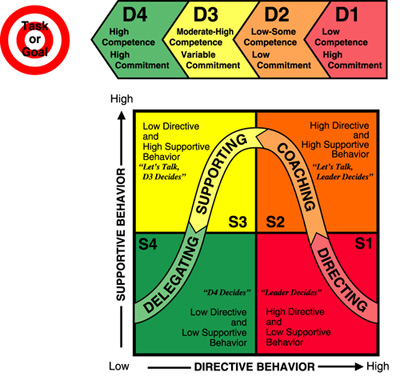I'm posting today for my colleague, John Durel.
If you, as the chief executive of a nonprofit organization, are not spending at least 75% of your time on external affairs, you are impeding your organization’s success. If your focus is primarily on internal capacity and operations – managing people, managing money, working on systems and procedures – then you are failing to perform a role that only the executive director can play.
Nonprofit executives must be out in the community meeting with civic and business leaders, learning about civic issues and concerns, looking for opportunities, advocating for the organization, cultivating relationships, and raising money. It is only by being out there that the leader can see her organization as others perceive it. Being aware of their concerns and ambitions will sensitize you to opportunities and challenges on the horizon. Being known, liked and respected by others will open doors.
In addition to being out and about, you must bring outside leaders in. Invite them to lunch and to see your operation. The purpose is to inform and educate them about the work of your organization, to get their thoughts and advice, to nurture relationships, and ultimately to invite them to participate financially in the important work you are doing.
Each organization will define its community based on its constituents. Whom do you serve? Who else serves this population? Who can support you? Who has knowledge or power to help you? Who sets the civic agenda? You must have a system for identifying the people most important for you to get to know and a strategy for engaging them.
Letting Go of Internal Matters
Some executives fail to spend enough time on external activities because they are more comfortable working on the inside. They choose to attend to internal matters and put off external meetings. If you are more comfortable sitting around a table with your staff than having lunch with a local business leader, then you must find a way to gain the skills and confidence to do the latter. The more you put it off, the more you hurt your organization. (See the management briefing “Your Public Presence” for more on this.)
Some executives are concerned that if they are not around, things will not be done properly. They don’t trust their staff to do the right things in the right way, especially if something unexpected occurs. If you feel this way, this is a failure of leadership on your part. It is your responsibility to develop staff leaders who are able to make good decisions in the best interest of the organization.
Developing Staff Leaders
You can use the following “Situational Leadership Model” to develop the leaders on your staff. Your goal is to improve their competence so that you can delegate important decisions to them. The model is adapted from Ken Blanchard, Leading at a Higher Level (2006)
In order to develop leaders you must adapt your own leadership style to their needs.

1 comment:
It’s really great to you have mentioned. Thanks for such a valuable information. See more at:- http://www.blanchardinternational.co.in/situational-leadership-development
Post a Comment